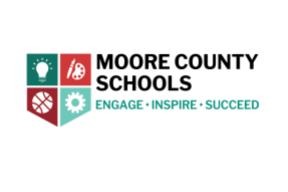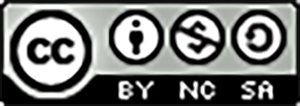Paper Roller Coaster

Overview
Students will design and build a paper roller coaster using cardstock paper and clear scotch tape that will perform 4 loops and 8 turns/curves. 7th Grade will have to complete 8 loops and more curves/turns. Students will use the engineering design process while completing this project.
Instructor Directions
Paper Roller Coaster
Submitted by Sheral Vang
Moore County Schools
| Driving Question / Scenario | Students have been asked by a local amusement park owner to create and design a model paper roller coaster that will be able to excite and attract riders who will want to come to the park solely for the roller coaster experience. |
| Project Summary | Students will design and build a paper roller coaster using cardstock paper and clear scotch tape that will perform 4 loops and 8 turns/curves. 7th Grade will have to complete 8 loops and more curves/turns. Students will use the engineering design process while completing this project. |
| Estimated Time | 3 weeks if students are attending 5 days a week. |
| Materials / Resources | Card stock paper, clear scotch tape, scissors, ruler, cardboard and pencil. |
| Grade | 6th grade & 7th Grade--Will increase the number of loops and curves/turns |
| Subject(s) | Exploring Technology |
| NCSCoS | STL1: Understanding the characteristics and scope of technology.F: New products and systems can be developed to solve problems or to help do things that can be done without the help of technology.H: Technology is closely linked to creativity, which has resulted in innovation.Science-6.P.1.3 Explain the relationship among the rate of vibration, the medium through which vibrations travel, sound and hearing.Science-7.P.1.1 Explain how the motion of an object can be described by its position, direction of motion, and speed with respect to some other object. |
| Classifying Objective | Students will be able to design a roller coaster with 4 loops and 8 curves/turns using cardstock and scotch tape. 7th grade must increase the number of loops and curves/turns. |
| Project Outline | |
| Ask | Imagine that a manager of a local amusement park approached our Technology class and asked us to design a roller coaster that will excite and attract more visitors to their park. This roller coaster needs to have at least 4 loops and 8 turns/curves. Can we design a roller coaster with these specific qualities? |
| Imagine | Students research other real life roller coasters to determine what constitutes a loop and turns/curves. They also research the height and velocity of hills to determine if the speed of the roller coaster can sustain the turn of the loop. |
| Plan | After students have reviewed the presentation linked below, students will design and sketch their rollercoaster. Students will create a step-by-step plan of creating their paper roller coaster. After students have designed their project, they will gather cardstock and scotch tape. Click link here===> Click |
| Create | Students will use their plan and build their rollercoaster only using cardstock paper and scotch tape. Students will test their plan using a marble and write down their observations of what needs to be modified. |
| Improve | After making observations of the marble going through the rollercoaster, students will begin making modifications to their rollercoaster. They will continue this process until the marble has successfully made its course throughout the rollercoaster. |
| Closure / Student Reflections | Students will video their results by putting a marble down the roller coaster 5 times and record the length it takes for the marble to reach the end of the roller coaster. They will record their results in google sheets (which will be modeled) and turn into Canvas. |
| Possible Modifications / Extensions | Math--Students had to learn how to read a ruler. The ruler was used to measure each piece of paper so that each piece would be symmetrical and exactly similar to each other.Being students have to graph their results they are using data to represent the fastest times.Science-Students also had to use a timer to measure the velocity of the marble from one point to another. Students will learn the motion of an object can be described by its position, direction of motion, and speed with respect to some other object.Possible modification would be made to the plan or project if the marble gets stuck on a curve. |

